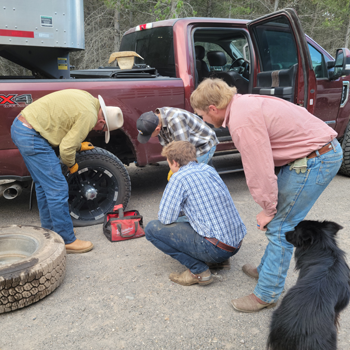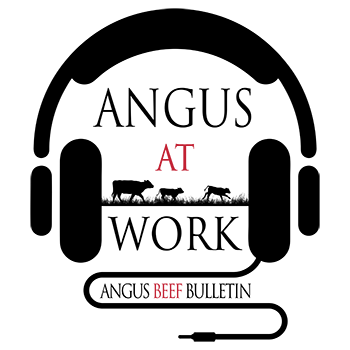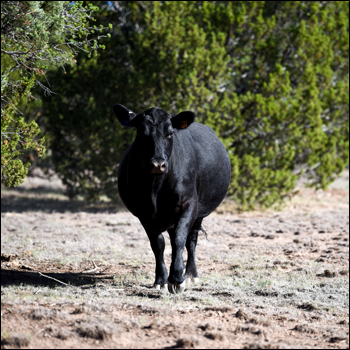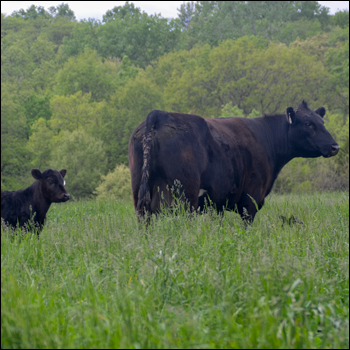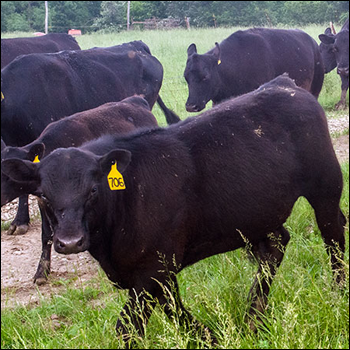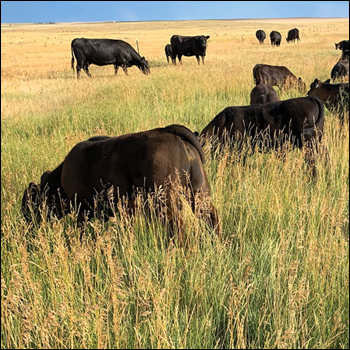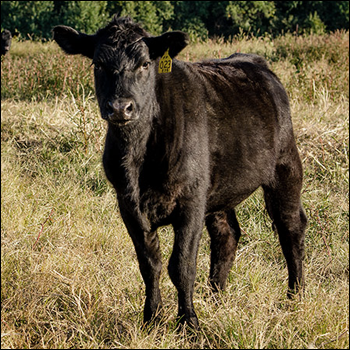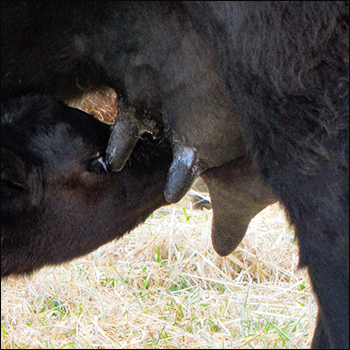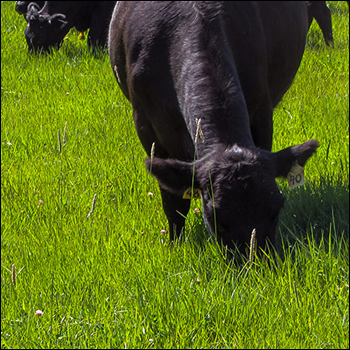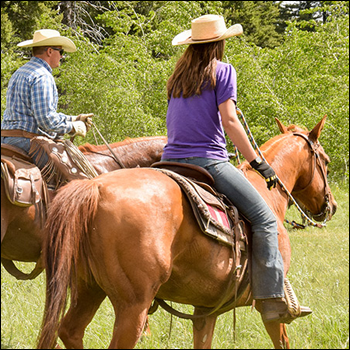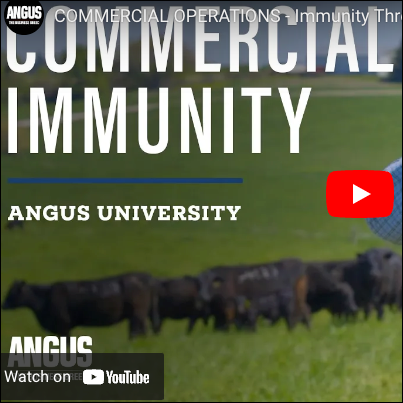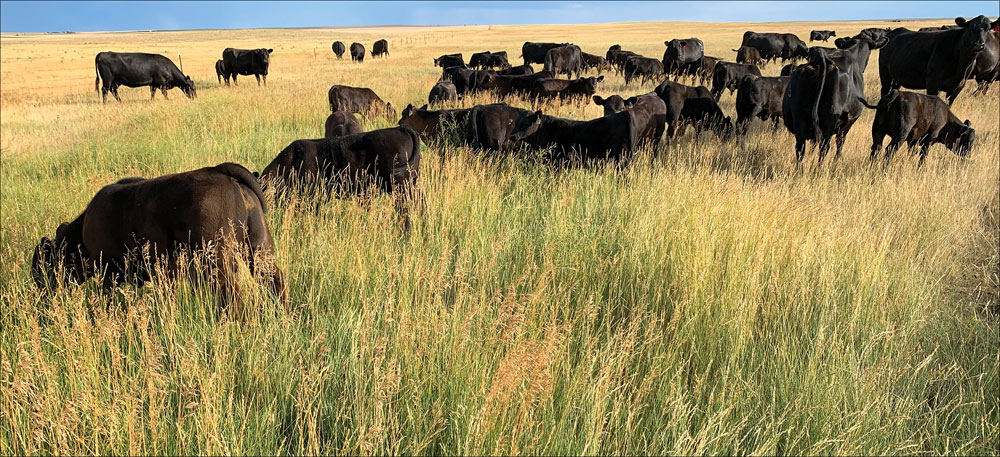
Holistic Management Ensures Longevity
Holistic management means there can be triple bottom-line success.
A shift in mindset helped improve the health and profitability of Emmett and Carrie Jordan’s Angus ranch near Briggsdale, Colo. The ranch is all rangeland, no crops. Emmett says it was dry-farmed at one time, but eventually transitioned back to pasture. The damage was already done, however, and the soil’s health was deteriorated from cropping.
“A lot of land in this region was abandoned during the Depression,” he says. “Some gradually went back to grass. We have tried to improve the acres under our management in terms of plant diversity and ability to capture and hold water.”
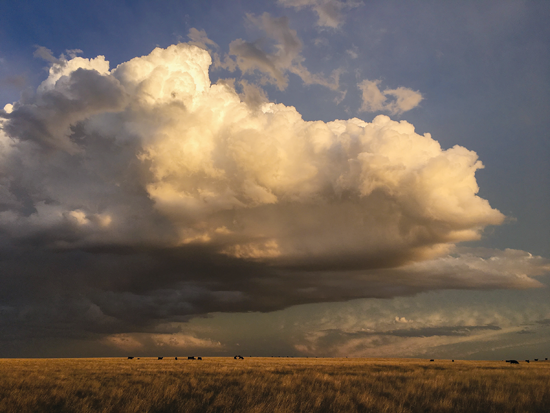
With help from groups like Holistic Management International (HMI), Emmett Jordan tries to develop the right set of questions to test ideas to see if they satisfy our economic, ecosystem and people goals. This helps his operation avoid misguided, reductionist thinking, which reduces complex ideas to their simplest component parts. |
They thought they could improve the land with managed grazing, says Emmett. Their ecosystem is short-grass prairie, with a 12-inch average for annual precipitation. Looking at any 10-year cycle, they are usually about four years above and six years below the average.
The cattle
Emmett has been raising Angus for 26 years. Their environment is too harsh for large cattle, so they select for low-input traits.
The cows start calving in May to match nutritional needs with the peak in anticipated forage quantity and quality. Calving from mid-May to early July is also easier on calves and people than calving in January-March, he explains.
They sell registered bulls by private treaty, and the commercial calves are sold as feeder calves in late winter. The bulls are sold as coming 2-year-olds, raised on grass. It takes longer and they are leaner than grain-developed bulls, Emmett says, but they don’t fall apart when turned out with cows.
“We want to make ranching more enjoyable and profitable by focusing on what cattle do best — grazing,” he says. “Continued selection for maximum growth makes large cows that require large amounts of feed. But good moderate cows will net better returns.”
To improve the cattle and the land, the focus has been on working with nature.
“We try to graze year-round with minimal supplementation,” Emmett says. “To do this, we move the cattle through a grazing plan designed to improve plant diversity and soil health.”
Holistic management
“One of the pillars of holistic thinking is to be a lifelong learner — not only formal learning, but also peer-to-peer learning. There’s no way for a person to take it all in at once,” he says.
Some of it is learned through mistakes, or tweaking things to work better.
“You must allow yourself to fail and try different things. This creates a lot of opportunity. The combination of that and trying to keep a positive focus are two of the most valuable lessons anyone can learn,” Emmett says. “Don’t get caught up in distractions. Stay positive, find a way to make things work, and learn from your mistakes.”
Emmett draws a distinction between data-informed decision-making and data-driven decisions.
“It’s easier to let the numbers dictate the decisions, but I think we need to step back and make sure we’ve examined the numbers in a proper context,” he says. “Sometimes we collect the wrong data points or have an incomplete data set.”
Raising Angus cattle, the Jordans have had access to expected progeny differences (EPDs) since the 1990s to help predict progeny performance.

To improve the cattle and the land, the focus has been on working with nature. |
“An argument could be made that an analysis of those numbers should drive our decision-making when selecting bulls,” Emmett says, admitting EPDs don’t address some very important traits.
For instance, up until 2019, the data didn’t include anything about hoof structure. A great “numbers” bull with bad feet isn’t worth much on a range cow outfit, he points out. That’s why EPDs are a strong tool, but balance is required between genomic and phenotypic traits.
“We can find similar scenarios in ranch economics and ecosystem management, where asking the wrong question, having an incomplete model, or abstract numbers lead to the wrong action,” he says.
With help from groups like Holistic Management International (HMI), he tries to develop the right set of questions to test ideas to see if they satisfy our economic, ecosystem and people goals. This helps his operation avoid misguided, reductionist thinking, which reduces complex ideas to their simplest component parts.
“What attracted me to holistic management was the idea that there can be triple bottom-line success,” says Emmett, explaining that includes land, animals and people.
“When I first started, I was focused on grazing management. The part I least liked was the most important — developing a business plan — or at least thinking about ranching as a business. We need that aspect of our thinking to be as strong and flexible as possible,” he says.
“I was never keen on the business part, but as an aspect of holistic management, it is critically important,” Emmett concludes. “We can’t neglect the business or people part, and HMI provides opportunity not only to learn, but also provides the tools and software to do cash-flow planning and economic planning.”
Editor’s note: Heather Smith Thomas is a cattlewoman and freelance writer from Salmon, Idaho. Photos courtesy Emmett Jordan.

Angus Proud
In this Angus Proud series, Editorial Intern Jessica Wesson provides insights into how producers across the country use Angus genetics in their respective environments.
 Angus Proud: Scott Sproul
Angus Proud: Scott Sproul
Oklahoma operation learned wisdom of moving calving season to better suit their marketing needs.
 Angus Proud: Bubba Crosby
Angus Proud: Bubba Crosby
Fall-calving Georgia herd uses quality and co-ops to market calves.
 Angus Proud: Jim Moore
Angus Proud: Jim Moore
Arkansas operation retains ownership through feeding and values carcass data.
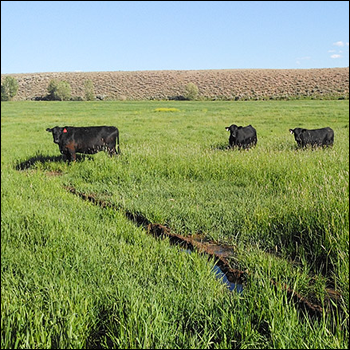 Angus Proud: Stephen Shiner
Angus Proud: Stephen Shiner
Idaho operation rotates pastures in summer and raises crops for winter.
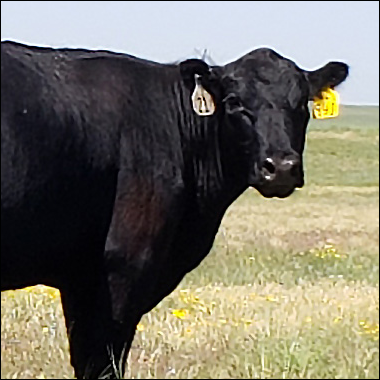 Angus Proud: Brian Nusbaum
Angus Proud: Brian Nusbaum
Angus cattle fit cattleman’s marketing goals and helped him set out on his own.
 Angus Proud: Les Shaw
Angus Proud: Les Shaw
South Dakota operation manages winter with preparation and bull selection.
 Angus Proud: Jeremy Stevens
Angus Proud: Jeremy Stevens
Nebraska operation is self-sufficient for feedstuffs despite sandy soil.
 Angus Proud: Dave Rutan
Angus Proud: Dave Rutan
Angus breeder gets the most out of his bull investment by partnering with opposite calving-season operation.
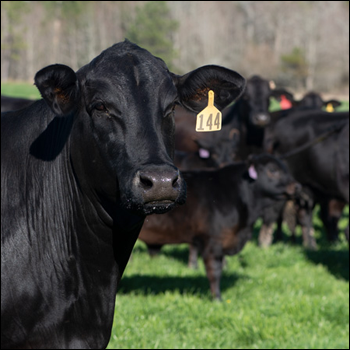 Angus Proud: Nickey Smith
Angus Proud: Nickey Smith
AngusLink helps Louisiana cattleman gain more for his calves.
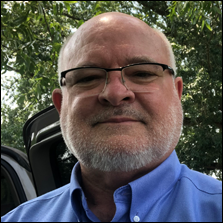 Angus Proud: Mike Moss
Angus Proud: Mike Moss
Operation’s nontraditional start lends to creativity and conservation efforts.
